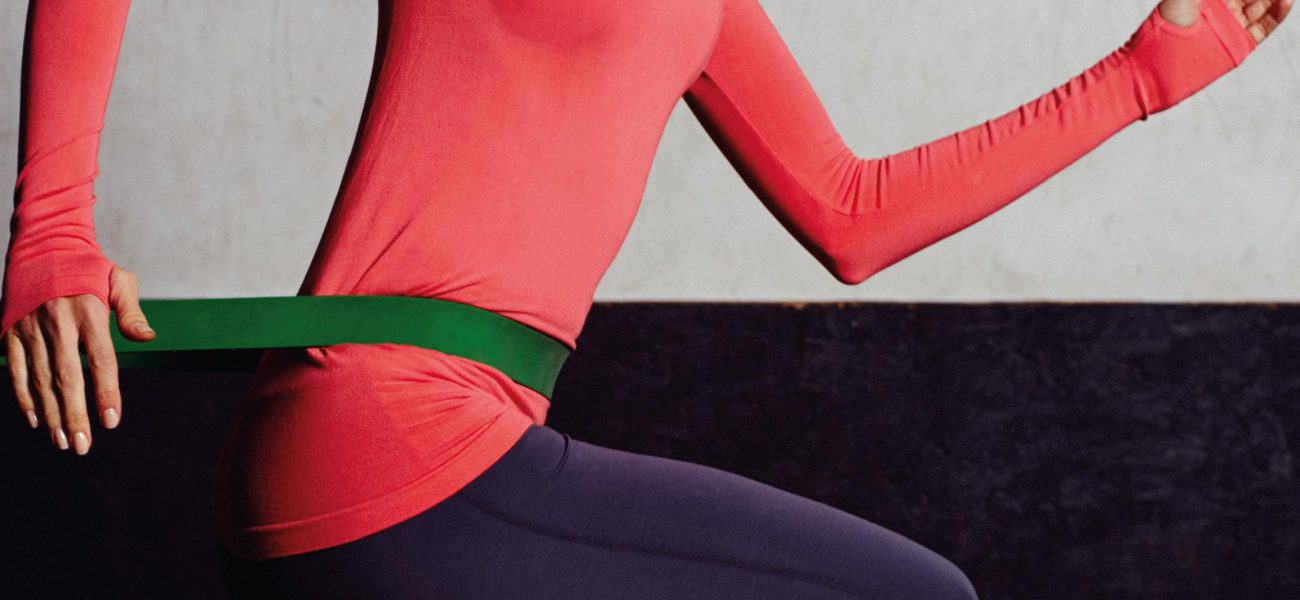‘Room for improvement’ – a teacher term that was forever dreaded. Yet usually justified as we opted to chat about the latest class crush rather than thrash out another algebra equation. But when it comes to smashing our running goals, taking our performance to the next level is more of a no-brainer and, as all keen runners know, there comes a time when bashing out a quick 5k just isn’t quite cutting it. So how do we smash our personal best?
“Running places a substantial amount of repetitive forces on the body. Therefore, it’s vital that we take precautions to safeguard our structure with a well-placed routine that prepares our trunk, hips and thighs,” says celebrity personal trainer Matt Roberts (mattroberts.co.uk). “Improving the maximal ceiling of a muscles’ ability also reduces the relative demand of running, helping to improve our overall efficiency.” And who doesn’t want to set a new PB after all? We asked a team of experts (no teachers included) to share their top insider tips to get us from a C to an A+ in an instant.
Work your core
It’s easy to think that your legs and bum are the only muscles working hard whilst running, but your core is also doing its bit to keep you steady, especially if you’re on rough terrain. By adding a series of core exercises to your routine, you’ll be able to stabilise your body on the go and improve your form when you get tired, enabling you to hold a faster pace.“Power training will add to the above by teaching your body to not only tolerate but to reciprocate the forces experience in running by better storing energy in muscles and tendons, thereby further reducing energy demands,” Matt tells us.
To build a strong midsection, perform the below exercises for 30 seconds each in a circuit, three times a week. You can even include them before, after or during a run to keep your body guessing.
Plank
Place your hands on the floor under your shoulders and your legs out straight behind you. Pull your stomach in towards your spine and hold.
Side plank with leg lift
Perform a side plank with your legs stacked on top of each other. Lift your top leg up and hold for five seconds and lower. Repeat for 30 seconds before swapping sides.
Single leg glute bridge
Lay on your back with your knees bent and feet on the floor. Keeping your knees together, straighten one of your legs and push through your bent leg to raise your hips into the air. Hold for a couple of seconds before lowering to the floor.
Windscreen wipers
Lay on your back with your arms out to your sides and your legs straight up in the air. Keeping your back on the floor, move your feet out to the right side towards to floor and hover an inch above the ground before moving them back to the centre and over to the other side.
Superman hold
Lying on your stomach with your arms in front of you. Lift your head, chest, arms and legs off the floor at the same time. Hold for 20 seconds, then lower everything back down to the ground.
Get your om on
If you’re stretching after each run (and we know the jury’s still out on that one), you should be pretty limber by now. But, it’s easy to get stuck in a rut. By opting for your go-to stretches each time, you may be neglecting other vital muscle groups. “Flexibility training is essential to increase running performance (speed and endurance), by allowing full range of motion across your entire body and not just your hip joint,” says Andrew Tew, lab manager at the Asics flagship store (asics.com).
Including yoga into your fitness regime can not only relieve tight hamstring and quad muscles. But it can also lengthen and tone them. Helping to eradicate injury as well as maintaining mobility and stability within the joints. As a runner, finding a breathing pattern that fills your cells with the right amount of oxygen could be the difference between a short jog and smashing those PBs. Looking to traditional yoga practices can teach you how to control your breath in a more efficient and effective way, utilising your entire lung capacity and breathing through any slight discomfort to go further. Stretching your way through a yoga class twice or three times a week could make all the difference to ensure you’re not out of puff too soon.
Girls who lift smash PBs
As much as we love the lithe result running gives us. Sculpting a little lean muscle can allow you to go further and harder than before. “Strength training helps fix the instabilities that are created inside our bodies by running. Which can decrease performance and increase the chance of injury,” Andrew tells us.
“Increasing the power of your muscles compared to your weight will heighten your performance as they’ll have to work less hard to perform the same job. To notice any real long-lasting benefit, strength training needs to be performed a minimum of three times a week. Some flexibility work three times a week minimum. But the good news is that neither of the sessions should last more than 45 minutes. 20 minutes is more than sufficient as long as it is focused, with minimal break.” Although a weight training session would ideally focus on an all-over body workout, targeting all muscle groups, Matt suggests nailing the basics before you move on to more advanced moves.
“Variations of the squat, step up, and deadlift will provide sufficient stimulus for lower body and trunk development. These can be performed using different loading zones and repetition schemes to develop strength or power. Think more volume (more sets x reps) for strength and think faster dynamic tempo, less volume for power development,” he says. Want bonus points? Matt proposes adding in some knee flexion exercises, variations of Pall of presses and planks to bulletproof the body.




















